AGFC breaking down barriers for fish habitat
BY agfc
ON 06-14-2023
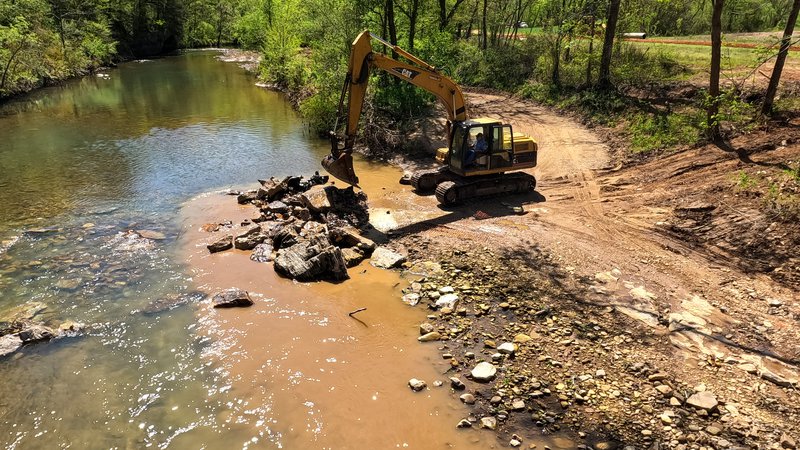
June 14, 2023
MOUNTAIN HOME — Many people may not know that World Fish Migration Day was May 21, but that didn’t stop the Arkansas Game and Fish Commission’s Stream Habitat Program from celebrating with a monumental effort. During May, the team was able to complete four stream barrier removal projects, restoring nearly 20 miles of connectivity to fragile warmwater stream ecosystems.
Sean Saunders, AGFC northwest Arkansas stream habitat coordinator, recently partnered with Newton County, Arkansas Department of Agriculture’s Natural Resources Division and The Nature Conservancy to replace the first of three barriers on Cave Creek in Newton County. The antiquated concrete low-water crossing on Newton County Road 252 in Gene Rush Wildlife Management Area was replaced with a new 120-foot bridge. Once the remaining two barriers are removed, Cave Creek will again be a free-flowing tributary of the Buffalo River.
According to Saunders, not only will the removal of the low-water crossing connect segments of the stream for fish and paddling enthusiasts, it will reduce erosion, thereby reducing the amount of sediment entering the Buffalo. Saunders expects the entire project to be completed within the next year, and construction of the second bridge is already underway. Funding for these projects was secured through a grant from the Arkansas Department of Agriculture’s Natural Resources Division’s Nonpoint Source Pollution Program and U.S. Environmental Protection Agency.
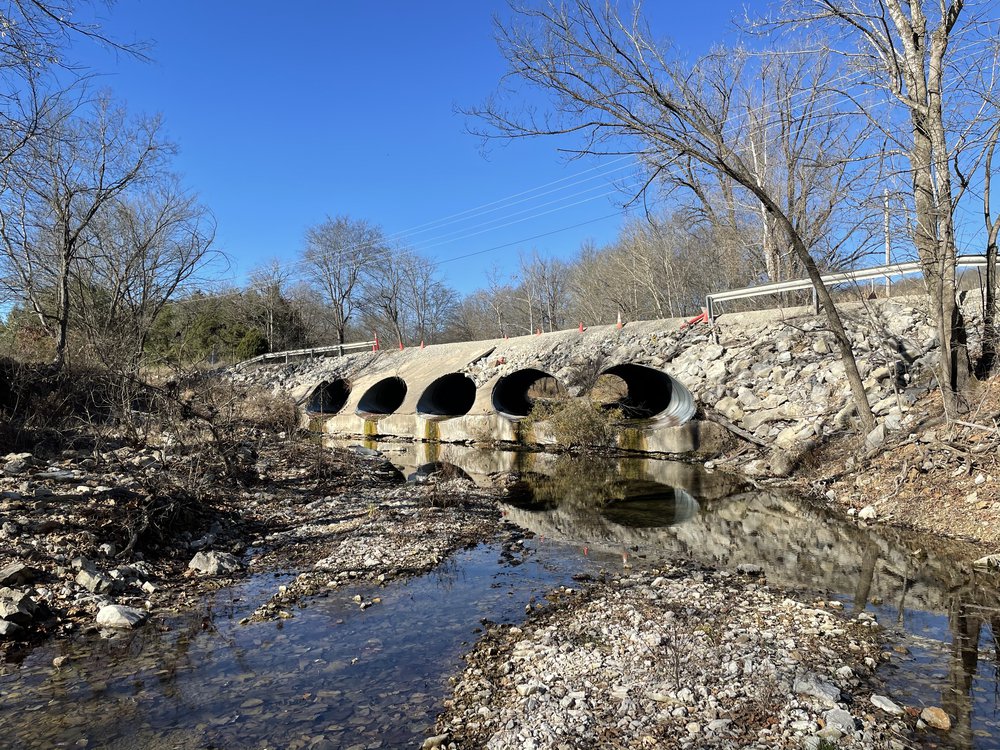
Saunders also partnered with Baxter County Road Department and the FEMA/ADEM Mitigation Program to replace a large five-culvert barrier on Denton Ferry Road where it crosses Hightower Creek with a two-lane, 160-foot span bridge. Denton Ferry Road has flooded at this location several times in the last few years because the culverts were not capable of passing enough water during high water events. This not only caused a barrier for trout and other aquatic creatures in the White River to reach vital habitat upstream during low water, it presented a safety issue during high water, making the road unusable for many Baxter County residents.
South Arkansas saw two stream barrier removals in May as well. Aaron Norton, south Arkansas stream habitat coordinator helped remove two run-down low-water crossings on the Saline River near Dierks. The crossings were on property owned by Weyerhaeuser and the removal was a partnership between the timber company and the AGFC. Immediately following removal, fish were observed swimming freely up the river for the first time in decades. The Stream Habitat Program has worked with Weyerhaeuser to remove a total of three of these crossings in the last year and add bank stabilization structures to the river. The project was commended by Sustainable Forestry Initiative auditors and received a notable practice rating which has implications for AGFC Foresters who undergo these audits on our WMAs. Weyerhaueuser has so far documented 34,000 barriers in this massive endeavor and is cooperating wherever possible to continue an excellent relationship with habitat managers and foresters to maintain quality forest standards. Funding for the south Arkansas projects was secured through a grant from the Arkansas Department of Agriculture’s Natural Resources Division’s Nonpoint Source Pollution Program and the EPA.
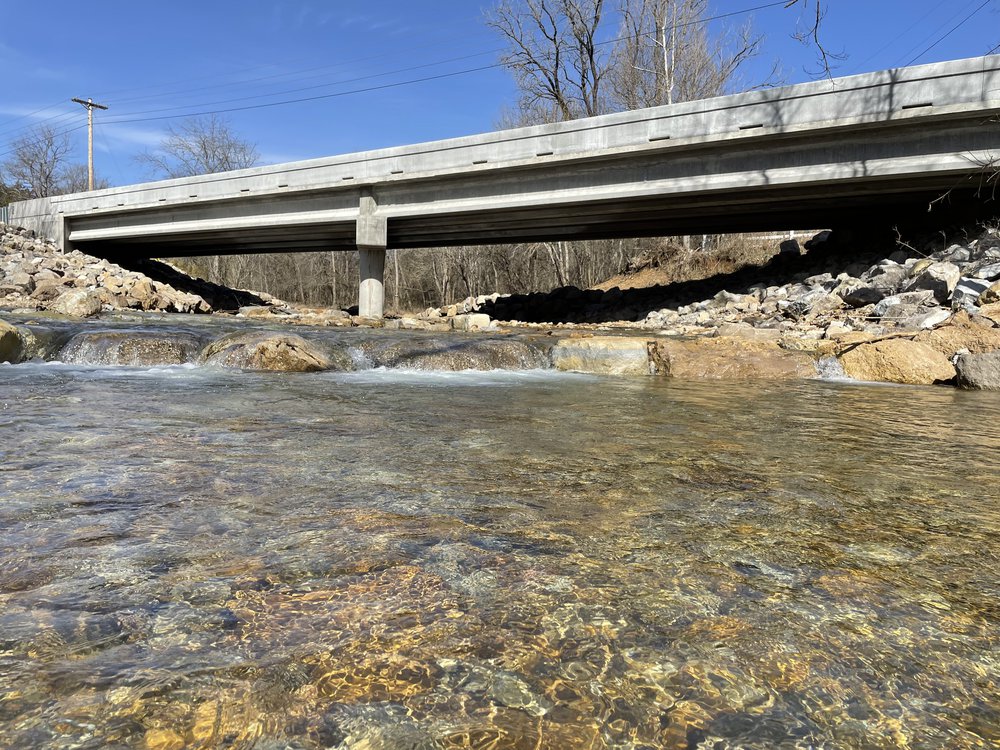
Although fish barriers have been removed by AGFC through the years, the Stream Habitat Program has moved into high gear since entering the Southeast Aquatic Resources Partnership database. A small culvert blocking a tributary of Crooked Creek was the first barrier the AGFC entered into the database after it was removed during a streambank stabilization project at the AGFC’s Snow Access.
Tim Burnley, Stream Habitat Supervisor remembers that project and its significance in moving the needle for fish habitat on stream ecosystems.
“We were just beginning to hear a lot about the importance of barrier removal and aquatic organism passage,” Burnley said. “The Arkansas Stream Heritage Partnership was created in 2018 and was beginning to gain momentum. Since that first small project, barrier removal efforts have increased across the country and funding has become available through several federal bills including the Bipartisan Infrastructure Law.”
AGFC prioritizes these projects very highly because of their importance to aquatic species and recreational floaters. Removals of these antiquated structures, primarily the low-water crossings common in Arkansas, and replacement with spanned bridges also improves safety for those using the crossings and reduces maintenance costs for state, county and local road crews.
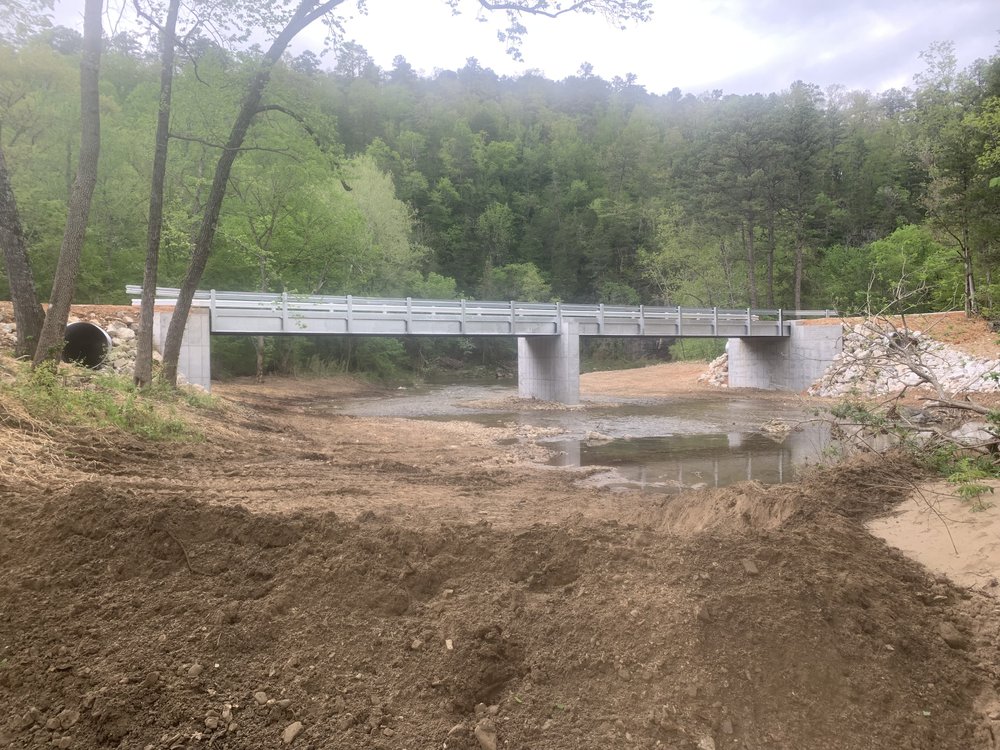
CUTLINES:
Excavator near stream
AGFC partnered with multiple organizations to replace a low water crossing at Cave Creek on Gene Rush Wildlife Management Area.
Crossing with culverts
An existing bridge on Hightower Creek in Baxter County did not allow for fish passage from the White River up to prime habitat in the creek.
Bridge with clear water
A large bridge now spans Hightower Creek, allowing for free flow of water and fish.
Bridge image from bank
The Cave Creek Bridge project was one of four stream barrier removals completed in May.
Recent News
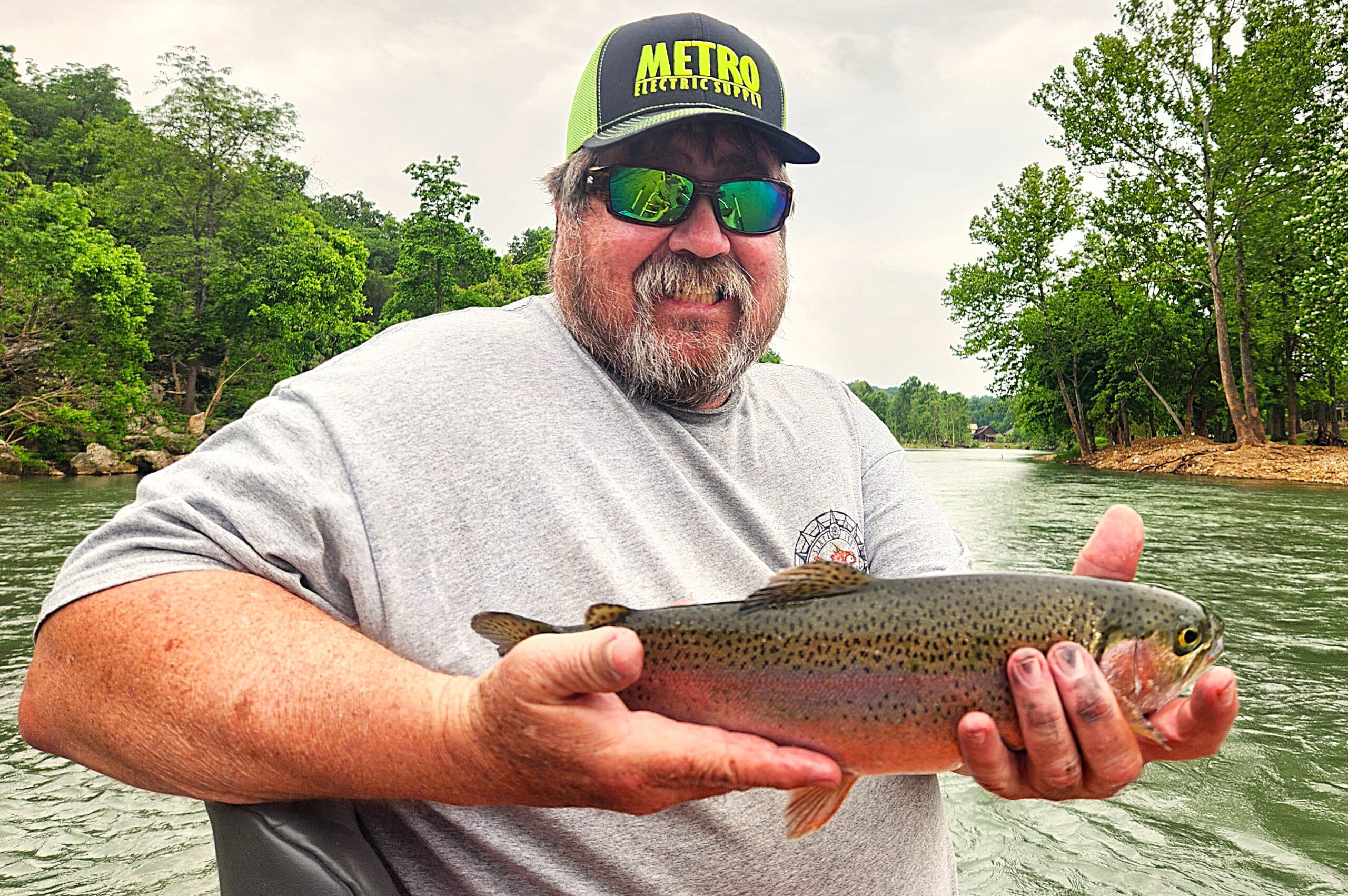
Arkansas Wildlife Weekly Fishing Report
Jun. 26, 2025
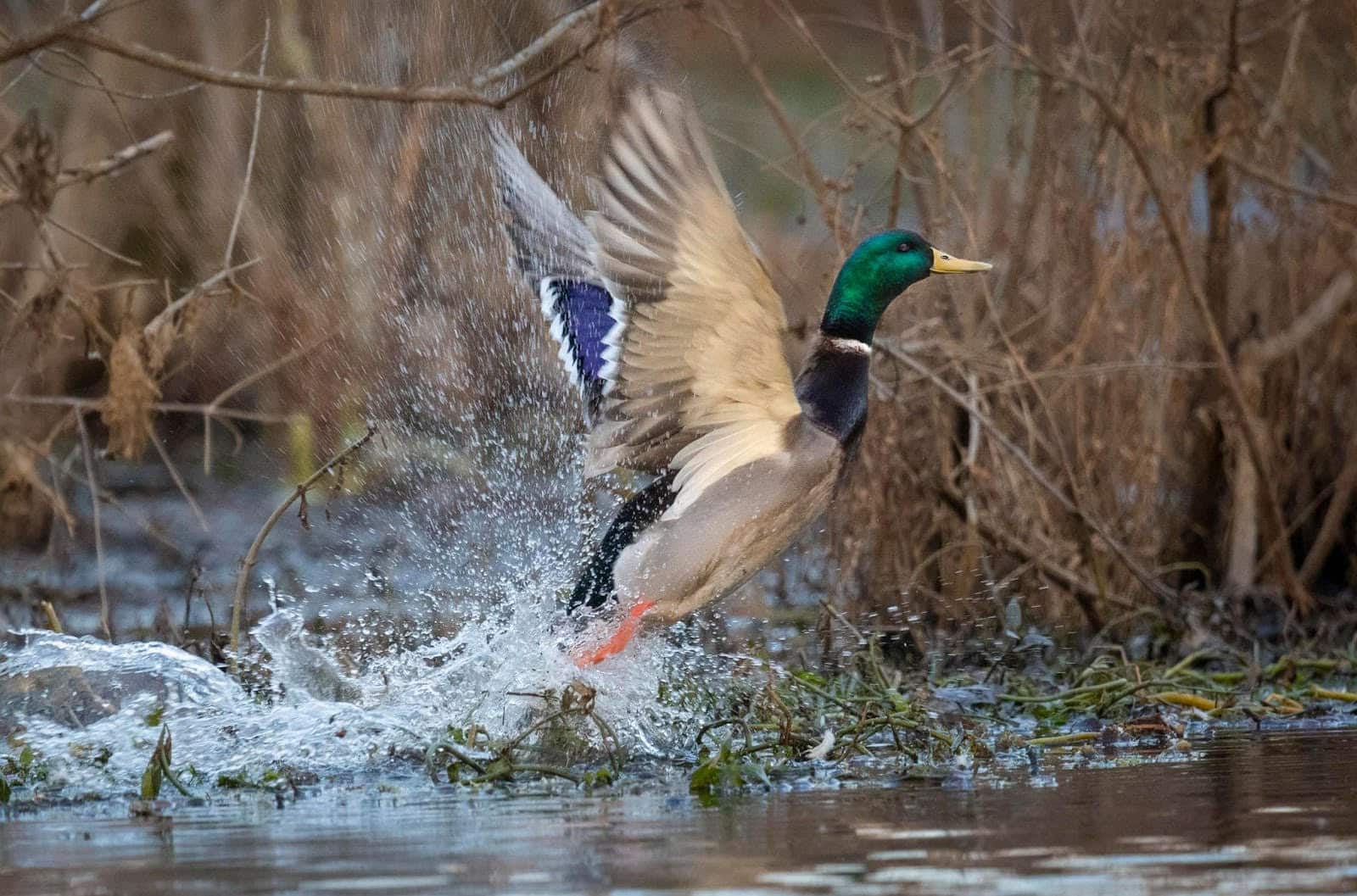
2025-26 Federal Duck Stamp reveal Friday
Jun. 26, 2025
Subscribe to Our Weekly Newsletter E-mails
Don’t miss another issue. Sign up now to receive the AGFC Wildlife Weekly Newsletter in your mailbox every Wednesday afternoon (Waterfowl Reports are published weekly during waterfowl season and periodically outside the season). Fishing Reports arrive on Thursdays. Fill in the following fields and hit submit. Thanks, and welcome!
